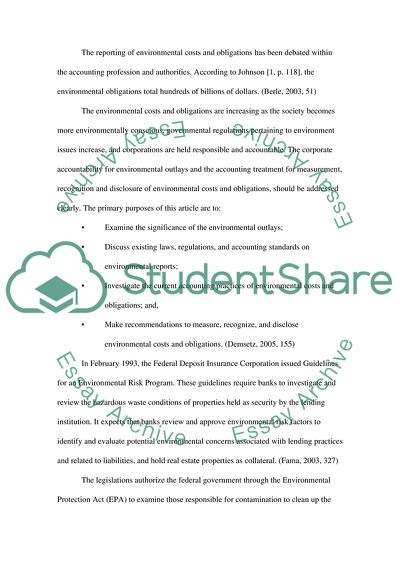Cite this document
(Corporate Accountability and Governance Literature review, n.d.)
Corporate Accountability and Governance Literature review. Retrieved from https://studentshare.org/environmental-studies/1707013-corporate-accountability-and-governance
Corporate Accountability and Governance Literature review. Retrieved from https://studentshare.org/environmental-studies/1707013-corporate-accountability-and-governance
(Corporate Accountability and Governance Literature Review)
Corporate Accountability and Governance Literature Review. https://studentshare.org/environmental-studies/1707013-corporate-accountability-and-governance.
Corporate Accountability and Governance Literature Review. https://studentshare.org/environmental-studies/1707013-corporate-accountability-and-governance.
“Corporate Accountability and Governance Literature Review”. https://studentshare.org/environmental-studies/1707013-corporate-accountability-and-governance.


